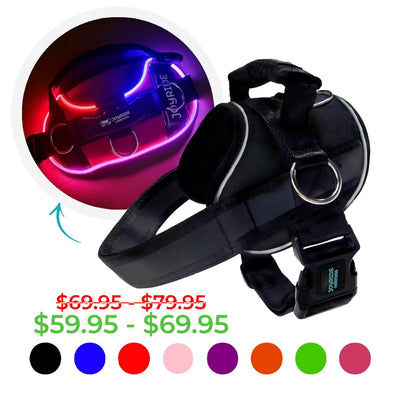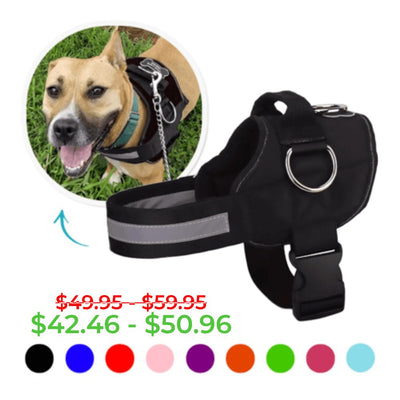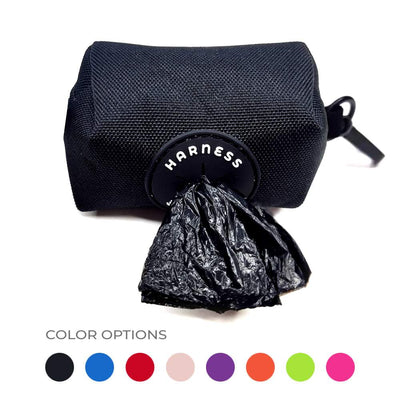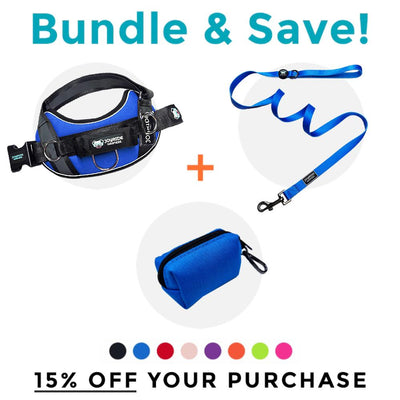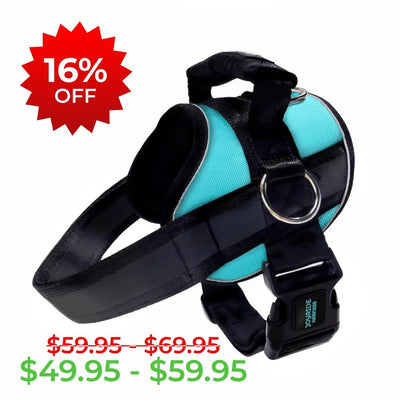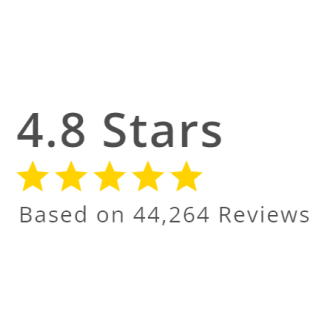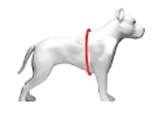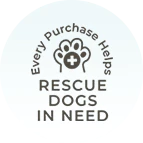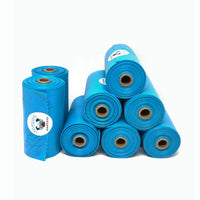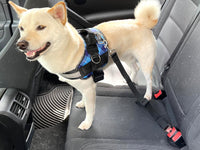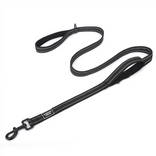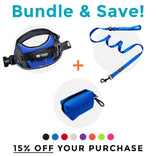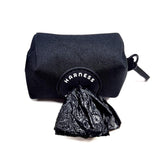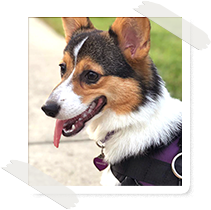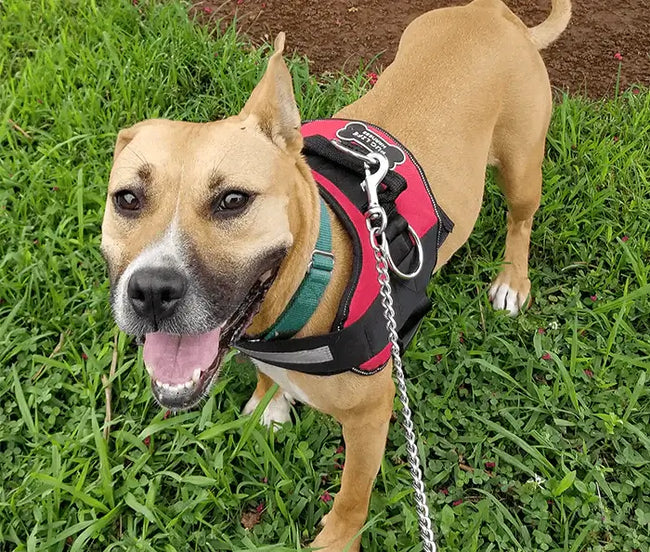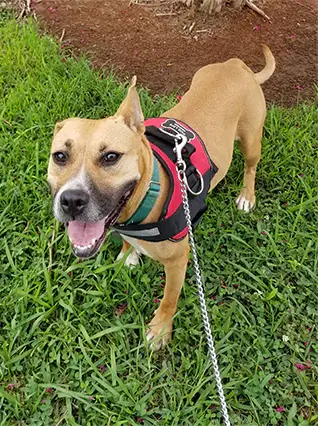When Can Your Puppy Safely Go Outside
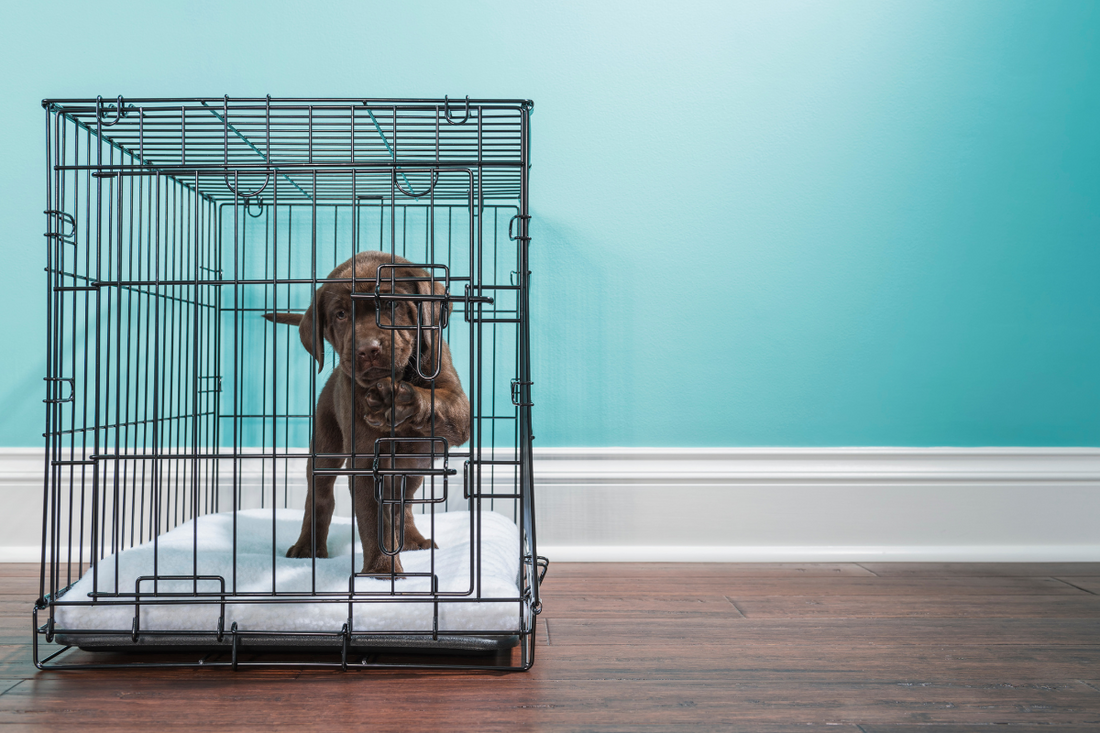
If you’ve just brought a puppy home, chances are your camera roll is full, your coffee’s gone cold (again), and your heart’s bursting. Now comes the next big question: When can they finally go outside?
It feels like holding back a little explorer. You want to take them on walks, show them the park, and introduce them to your dog-loving friends. But there’s a reason vets—and experienced dog parents—urge caution. The truth is, taking your puppy outside too soon can do more harm than good.
Let’s talk about why the timing matters, what’s really at stake, and how you can help your puppy grow confident, safe, and ready to explore—step by step.
Puppies Aren’t Protected Yet
Here’s what most new dog parents don’t realize: puppies are born without full immune protection. They get some antibodies from their mother’s milk, but those fade quickly. That’s why puppies follow a strict vaccine schedule starting around 6–8 weeks of age and continuing through 16–20 weeks.
This series of shots builds up their immunity against serious, often deadly diseases like parvovirus, distemper, and adenovirus.
If they’re exposed to public places too early—before they’re fully vaccinated—they could pick up infections from soil, animal waste, or even a shared sidewalk. You won’t always see the danger, but it’s there.
Bottom line: Until your pup’s immune system is fully equipped, the safest place for them is a controlled, clean environment.
So... When Can They Go Out?

The general rule: Wait until two weeks after your puppy’s final round of core vaccines before taking them to public places.
That usually lands somewhere between 18 and 22 weeks of age. By then, their immune system has had time to respond to the vaccines and build real protection.
Until then, think of your puppy’s exposure to the outside world as a phased rollout—not an all-access pass.
What You Can Do in the Meantime
Just because your puppy shouldn’t be walking around the neighborhood doesn’t mean they need to stay isolated indoors. There are still safe, valuable ways to introduce them to new experiences—without putting their health at risk.
1. Backyard Time

If you have a private yard, you’ve got a safe outdoor classroom. Make sure it’s secure, clean, and free of visits from unfamiliar animals. Let them sniff, potty, and explore on their terms.
2. Safe Socialization
That early window (3–12 weeks) is key for social development. Controlled exposure is better than no exposure:
-
Invite over fully vaccinated dogs you trust
-
Let your puppy meet new people at home
-
Carry them through new environments—stores, sidewalks, or parks—so they can hear sounds and see movement without touching the ground
3. Puppy Classes

Look for classes that require proof of vaccination. These are great for confidence-building and learning basic commands in a clean, structured space.
The First Real Walk: What to Expect
When your vet gives the green light, it’s time to hit the pavement. But don’t expect a flawless walk on day one.
Your puppy is taking in a lot—smells, textures, other dogs, bikes, strollers. The more you can ease them in, the better they’ll adjust.
-
Keep it short to start. Even 10 minutes is enough.
-
Pick quiet spots at first before heading into busier areas.
-
Use positive reinforcement to help them build confidence step by step.
The Right Walking Gear Matters
This is something that often gets overlooked...
Your puppy’s first experiences outside can shape their behavior for years to come. That includes how they respond to being on-leash.
If the leash feels restrictive or the collar chokes when they pull, it can create stress and resistance. Puppies need gear that’s comfortable, secure, and easy to manage—both for them and for you.
A well-fitting harness helps them move freely, reduces pulling, and makes your training efforts smoother. When your puppy feels good in their gear, it shows. They’ll be more focused, less anxious, and more likely to enjoy the walk (instead of resisting it).
Your puppy will spend the rest of their life exploring the world with you—but these first few months matter more than most. Choosing the right timing, safe experiences, and gear that supports their growth can make all the difference.
So yes, the wait is worth it. And when your pup is ready for their first real adventure, you’ll both be better off because you gave them the time they needed to be healthy and confident.
Your next step? Start preparing. Ask your vet about the vaccine schedule. Set up a safe backyard routine. And when it’s go-time, make sure you’re equipped with what your puppy needs to explore the world—safely, comfortably, and confidently.
--
If you just welcomed home a new puppy or will be bringing one home soon, you can find all the puppy exercise gear you need at Joyride Harness! From harnesses and leashes to poop bags and seat belts, we are your puppy headquarters.
Don’t forget to check out our blog for more puppy tips and tricks! And follow us on Instagram @JoyrideHarness to see cute puppy photos!

